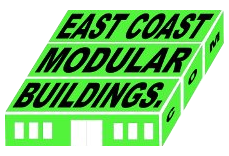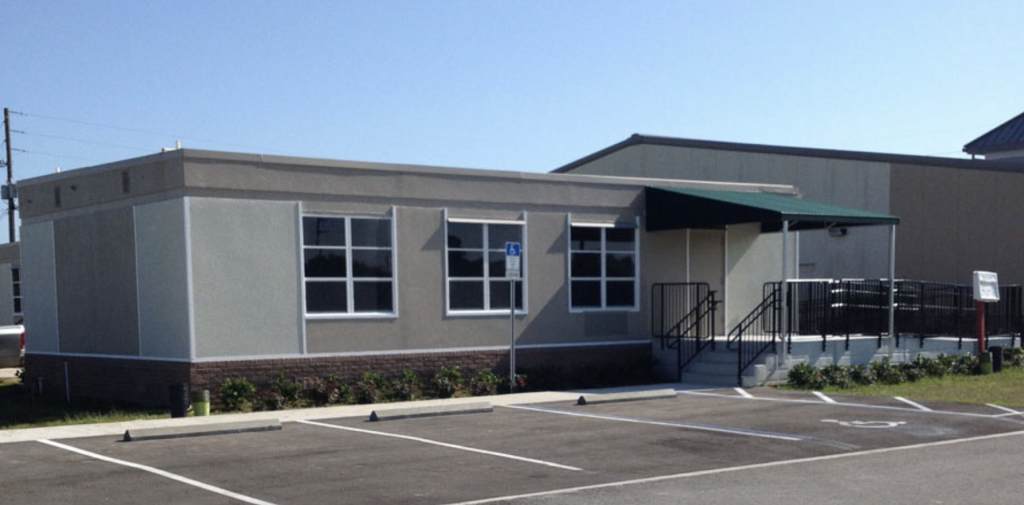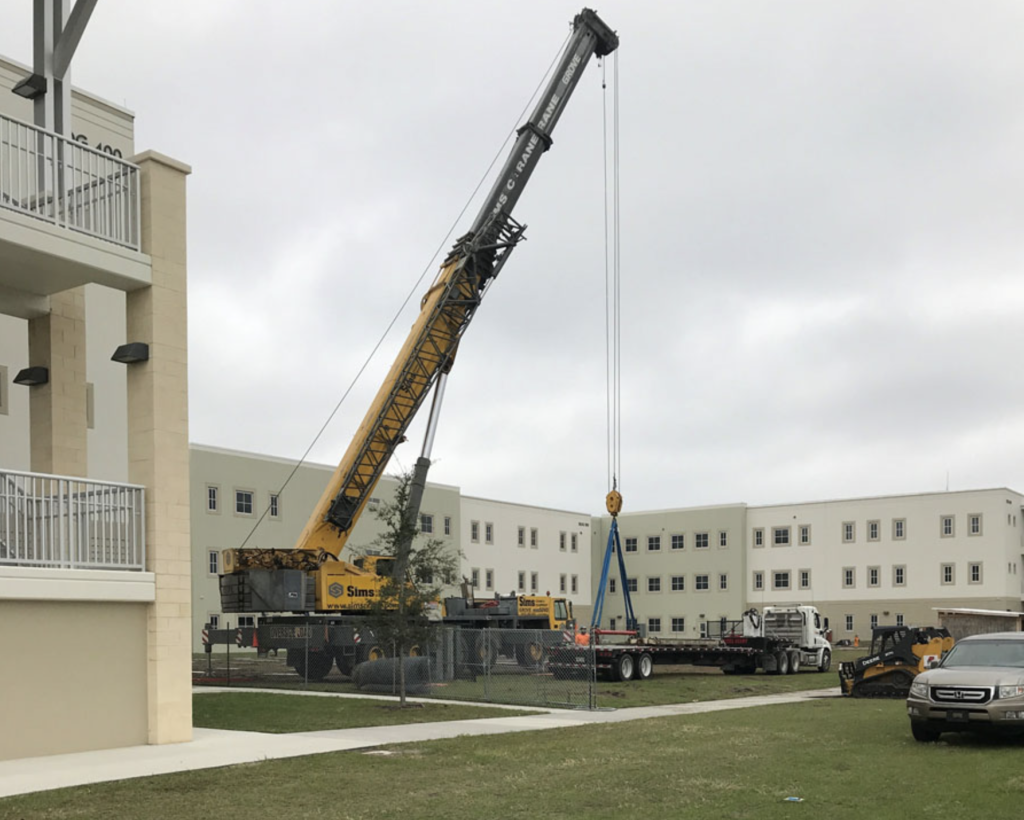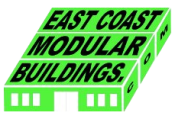Enhancing Education Mobility: The Evolution of Classroom Portable

Classroom Portable
Call Today!
352-557-4975
In the ever-evolving landscape of education, adaptability and flexibility are becoming crucial components of successful learning environments. The concept of classroom portable has emerged as a solution to accommodate the diverse needs of educational institutions. These portable classrooms offer a flexible, temporary, and often cost-effective way to expand educational spaces, providing a dynamic setting conducive to effective learning. This article delves into the evolution, advantages, challenges, and innovative approaches associated with classroom portables, examining their impact on modern education.

Evolution of Classroom Portable
The history of classroom portable can be traced back several decades when educational institutions faced challenges in accommodating a growing student population. Initially, makeshift classrooms were often repurposed from trailers or prefabricated structures to meet the immediate demand for additional space. Over time, the design and functionality of these portables evolved significantly. Modern portable classrooms are now equipped with advanced technology, climate control systems, and improved structural integrity, resembling traditional classrooms in many aspects.
Advantages of Classroom Portable
Flexibility
One of the primary advantages of portable classrooms is their inherent flexibility. These structures can be easily moved and adjusted to adapt to changing enrollment numbers, allowing educational institutions to respond swiftly to fluctuating student populations without the constraints of permanent buildings.
Cost-Efficiency
Building permanent structures entails substantial financial investment, whereas portable classrooms offer a more cost-effective alternative. Institutions can save on construction costs, land acquisition, and maintenance expenses by utilizing portable units, making them an attractive solution for budget-conscious educational entities.
Quick Deployment
Unlike traditional construction projects, which often take months or years to complete, portable classrooms can be swiftly deployed to address urgent space requirements. This agility in deployment ensures that educational continuity is maintained without significant disruptions.
Customization and Innovation
Modern portable classrooms are designed to meet various educational needs. They can be customized to include interactive whiteboards, high-speed internet connectivity, specialized equipment, and ergonomic furniture, fostering innovative and engaging learning environments.

Challenges and Considerations
Limited Space and Amenities
While portable classrooms offer a temporary solution, they may have limited space compared to permanent structures. This limitation can impact the availability of amenities such as laboratories, libraries, and recreational areas, potentially affecting the overall educational experience.
Environmental Impact
Concerns have been raised about the environmental impact of portable classrooms, including issues related to energy efficiency, construction materials, and long-term sustainability. Efforts are being made to design eco-friendly and energy-efficient portable structures to mitigate these concerns.
Perception and Stigma
Some individuals perceive portable classrooms as inferior or less conducive to learning compared to traditional buildings. Overcoming this stigma requires demonstrating the quality, functionality, and educational benefits of well-designed portable classrooms.
Innovative Approaches and Solutions
Modular Designs
Advances in modular construction techniques have revolutionized the concept of portable classrooms. These modular units can be interconnected to create larger spaces, offering more versatility and functionality while maintaining mobility.
Technology Integration
Embracing technology has been a game-changer in portable classrooms. Integration of smart boards, digital resources, and collaborative tools enhances the learning experience, bridging the gap between traditional and portable learning spaces.
Sustainable Practices
To address environmental concerns, manufacturers and educational institutions are increasingly focusing on sustainable building materials, energy-efficient designs, and renewable energy sources for portable classrooms. This shift toward sustainability aligns with broader environmental goals and educates students about responsible practices.
Impact on Modern Education
Portable classrooms have significantly impacted modern education by providing a solution to overcrowding, enabling schools to offer diverse educational programs, and fostering innovation in learning environments. Their adaptability aligns with the changing dynamics of education, allowing for more personalized and flexible approaches to teaching and learning.
Classroom portable has evolved from simple temporary structures to sophisticated, adaptable learning spaces that play a vital role in today’s educational landscape. While they offer numerous advantages such as flexibility, cost-efficiency, and customization, challenges related to space limitations, environmental impact, and perception persist. However, through innovative design, technological integration, and a focus on sustainability, the potential of portable classrooms to enhance modern education is immense. As educational institutions continue to evolve, a classroom portable stand as a testament to the importance of adaptability and flexibility in fostering effective learning environments.

